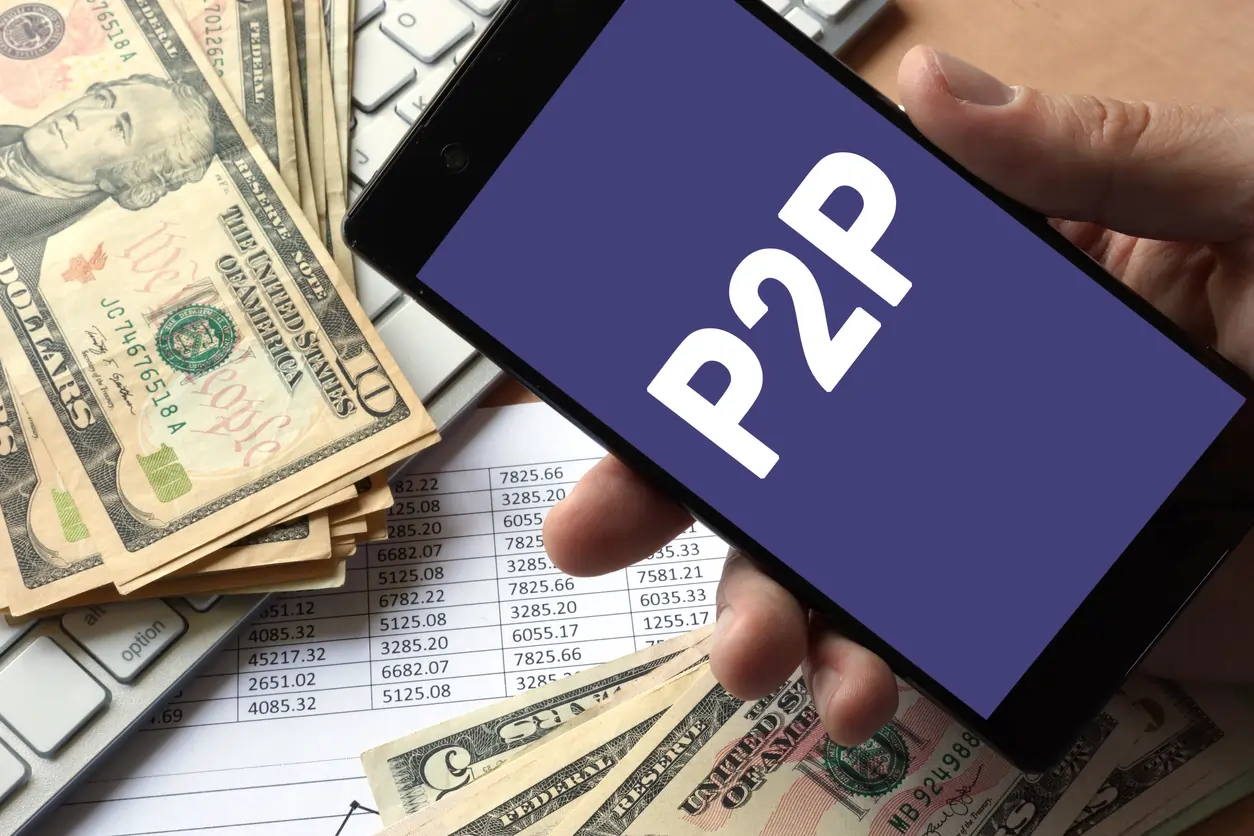
Innovations in Peer-to-Peer Insurance and the Sharing Economy
Introduction
In recent years, the sharing economy has revolutionized various industries, including insurance. Peer-to-peer (P2P) insurance is one of the innovative concepts that have emerged, reshaping the traditional insurance model. This article explores the key innovations in P2P insurance within the sharing economy, highlighting its benefits, challenges, and future prospects.
- Peer-to-Peer Insurance
Peer-to-peer insurance is a decentralized way of providing insurance coverage where a group of individuals pool their premiums to insure against a specific risk. Unlike traditional insurance, where premiums are paid to a central insurance company, P2P insurance allows individuals to directly share risk with their peers. This model promotes transparency, efficiency, and trust among participants.
- Benefits of Peer-to-Peer Insurance
One of the main benefits of P2P insurance is cost savings. By eliminating the need for intermediaries, such as insurance companies, P2P insurance can offer lower premiums to participants. Additionally, P2P insurance promotes a sense of community and mutual support, as individuals are directly involved in the insurance process. This can lead to faster claims processing and a higher level of customer satisfaction.
- Innovations in Peer-to-Peer Insurance
- a) Smart Contracts: P2P insurance platforms often utilize smart contracts, which are self-executing contracts with the terms of the agreement directly written into code. Smart contracts enable automated claims processing, reducing the need for manual intervention and streamlining the insurance process.
- b) Blockchain Technology: Blockchain technology is used to create a transparent and secure record of insurance transactions. By recording transactions on a decentralized ledger, blockchain technology ensures that all participants have access to the same information, reducing the risk of fraud and improving trust among participants.
- Challenges of Peer-to-Peer Insurance
Despite its many benefits, P2P insurance also faces several challenges. One of the main challenges is the lack of regulation. Since P2P insurance is a relatively new concept, regulatory bodies are still developing guidelines to govern its operation. This lack of regulation can lead to uncertainty for participants and may hinder the growth of P2P insurance.
- Future Prospects of Peer-to-Peer Insurance
Despite the challenges, the future of P2P insurance looks promising. As technology continues to advance, P2P insurance platforms are likely to become more sophisticated and user-friendly. Additionally, as more people become familiar with the concept of P2P insurance, its popularity is expected to grow. Overall, P2P insurance has the potential to revolutionize the insurance industry, providing individuals with a more affordable and transparent way to protect themselves against risk.
Conclusion
In conclusion, innovations in peer-to-peer insurance within the sharing economy are reshaping the traditional insurance model. By leveraging technology such as smart contracts and blockchain, P2P insurance offers a more efficient, transparent, and cost-effective way for individuals to protect themselves against risk. While P2P insurance faces challenges, its future prospects are promising, and it is poised to revolutionize the insurance industry in the years to come.


